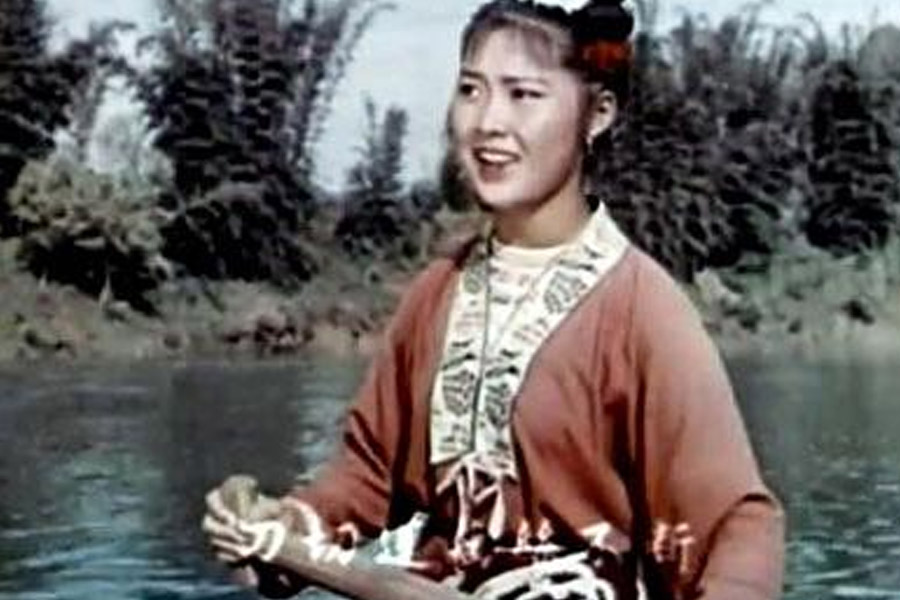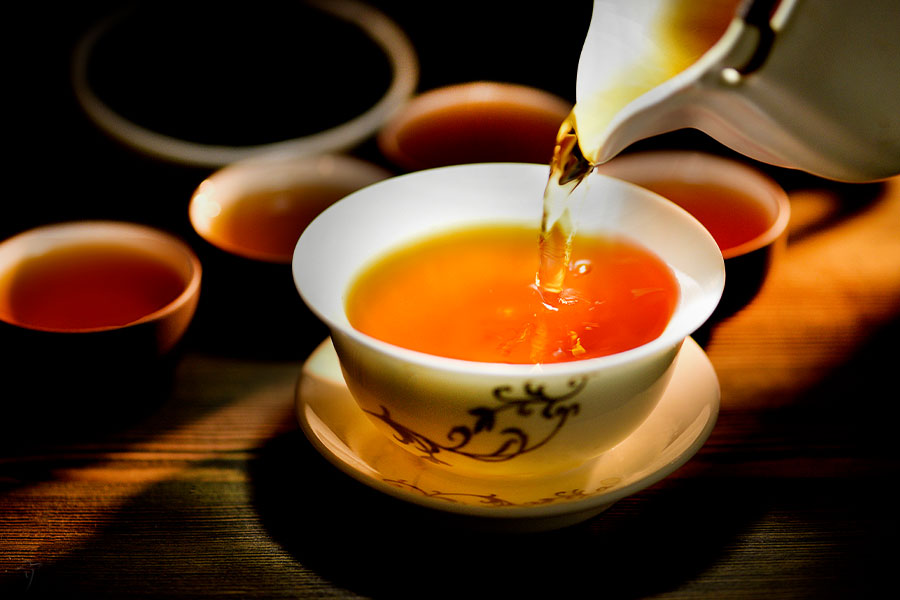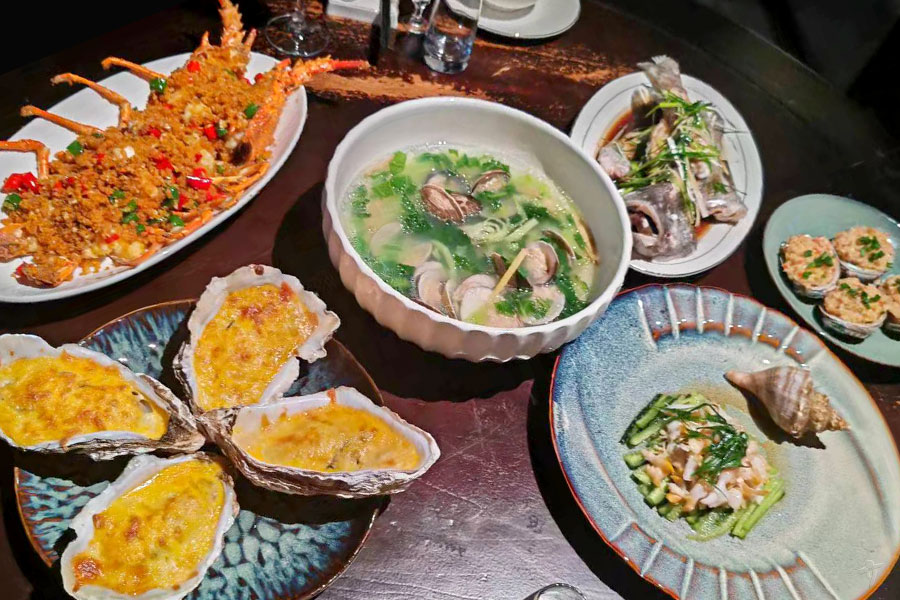Contemporary Chinese Literature

After the founding of People’s Republic of China, literature is prosperous; works from Russia,Soviet Union and western countries are greatly influencing the Chinese literature; there are many schools in literary circles that are well developed neck and neck. Works in this period cover the subjects of revolution history as well as the new life of nation-construction. The best known works are The Red Rock (Chinese:《红岩》) and Teahouse (Chinese:《茶馆》).
Chinese literature experience a cultural desert during the Cultural Revolution but recover rapidly and win a new prosperity after the Reform and Opening up in 1978. Reform and Opening up is a great significance in Chinese history; great changes have taken place in the political circle and the economic structure. With a rapid development in economy, culture and science, people’s concept of value, and their attitude towards life have dramatic changed. Under the encouragement of government’s open policy, so many significant works in various styles appeared, poetry, novels, essays and documentary writings are all-time prosperity. Many narrative poems and legends of minority nationalities also get great development like Ashima (Chinese:《阿诗玛》) and Third Sister Liu (Chinese: 《刘三姐》) which have been adapted into operas and films that are widely acclaimed.
At the turn of the 21th century, the concept of freedom is catch on quickly, literature undergoing a multiple development especially with the rise of the new generation that born in 1980s. Their works are in great diversity and full of individuality but closely related to the contemporary society. So many excellent writers and so many fine works are growing that it is so hard to list all of them; maybe Han Han (Chinese:韩寒) is the one to be mentioned as he is regarded as the head of the 1980s’ generation who is the first to be recognized by the public and gains the greatest reputation. His first novel Triple Gate (Chinese:《三重门》) is a successful one which was created when he was only 17.
Related Readings
Top Topics

Chinese Kung Fu
Far and wide known as Kungfu (功夫) all over the world, Chinese martial art is also called Wugong (武功) or Wushu (武术) at home by Chinese people. It ca...

Chinese Tea
Being a vivid Chinese cultural specialty as well as Kungfu and traditional Chinese medicine, Chinese tea has been being developed in China for a lo...

Chinese Cuisine
"Food is the first necessity of the people" is a famous Chinese old saying, which reflects that Chinese have had paid much attention to food si...




